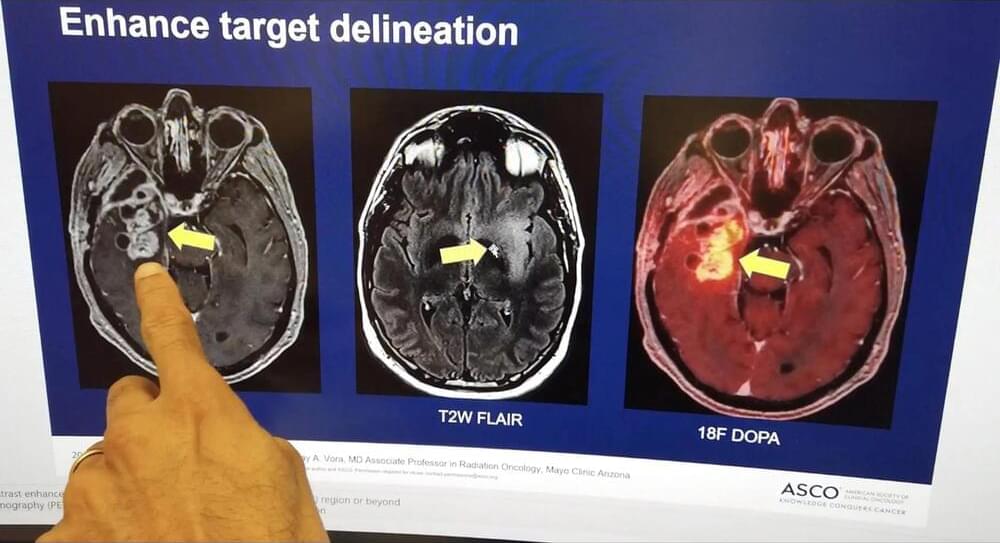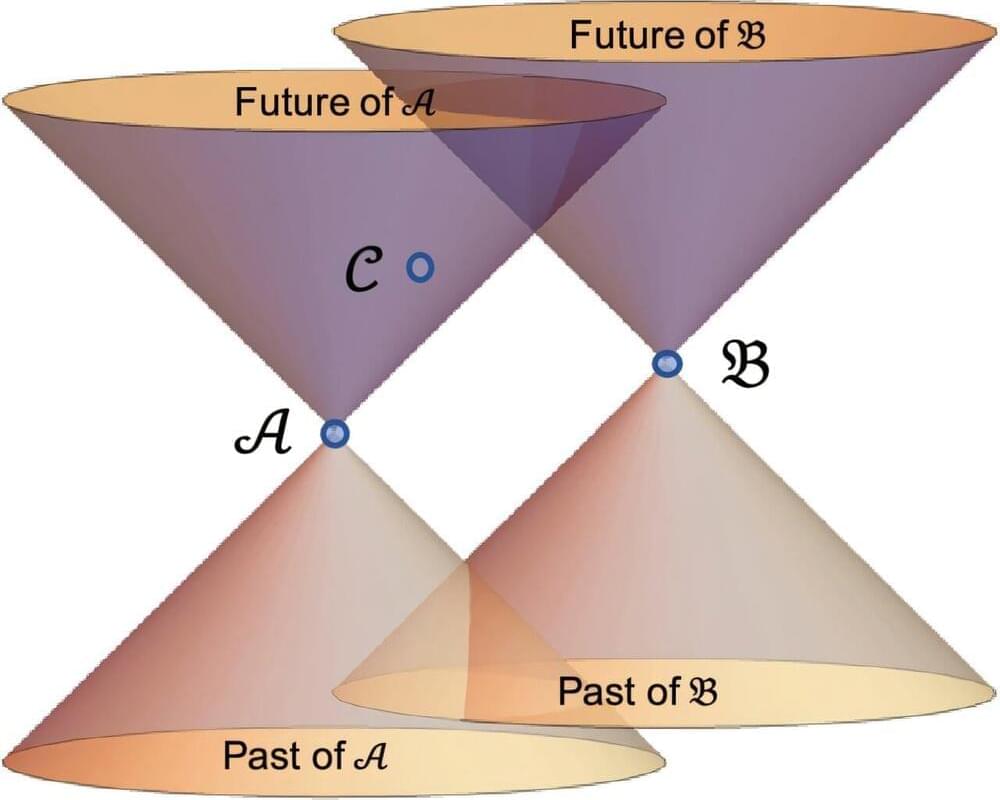
Pain is meant to be a defense mechanism. It creates a strong sensation to get us to respond to a stimulus and prevent ourselves from further harm. But, sometimes injuries, nerve damage, or infections can cause long-lasting, severe bouts of pain that can make daily life unbearable.
What if there was a way to simply turn off pain receptors? UNC School of Medicine researchers Bryan L. Roth, MD, Ph.D., the Michael Hooker Distinguished Professor of Pharmacology, and Grégory Scherrer, PharmD, Ph.D., associate professor of cell biology and physiology and the UNC Neuroscience Center, have just proven that it is possible.
Using a tool designed by Roth in the early 2000s, the labs have created a new system that reduces acute and tissue-injury-induced inflammatory pain in mouse models. Hye Jin Kang, Ph.D., an alumnus of the Roth Lab and now associate professor at Yonsei University in Korea, was first author on the research paper. The results were published in Cell.


















